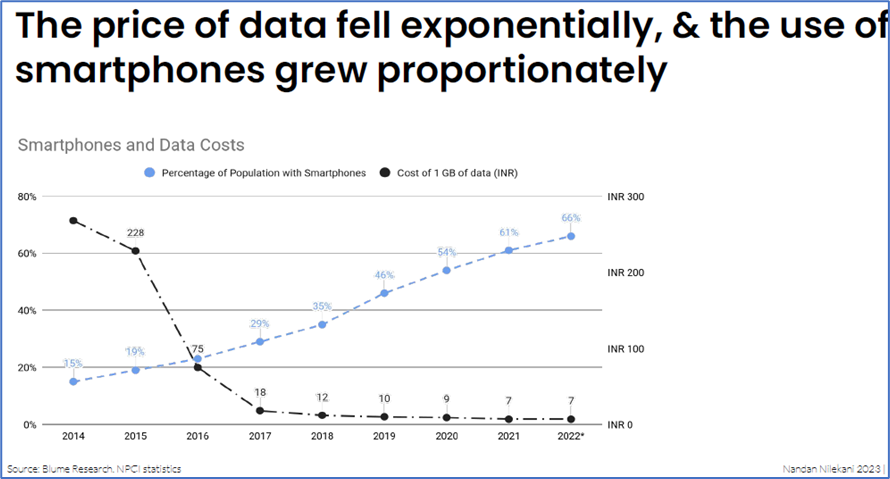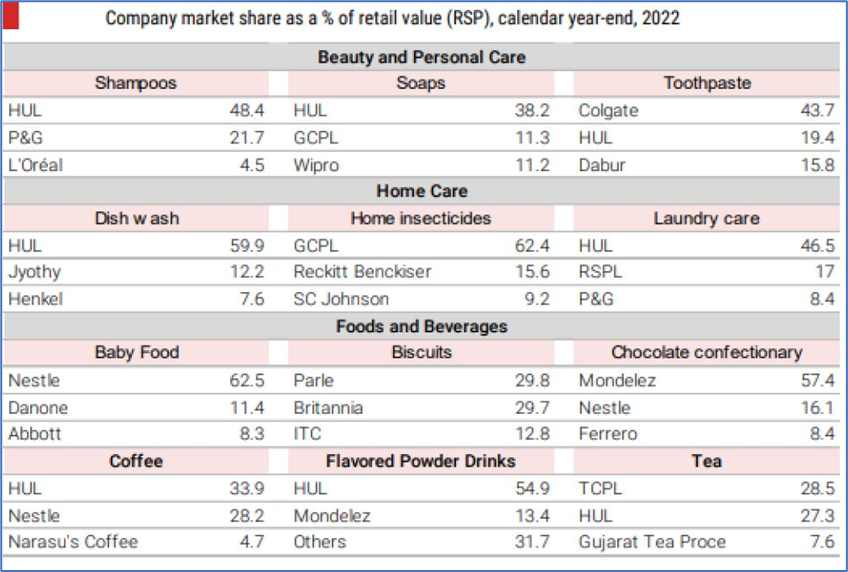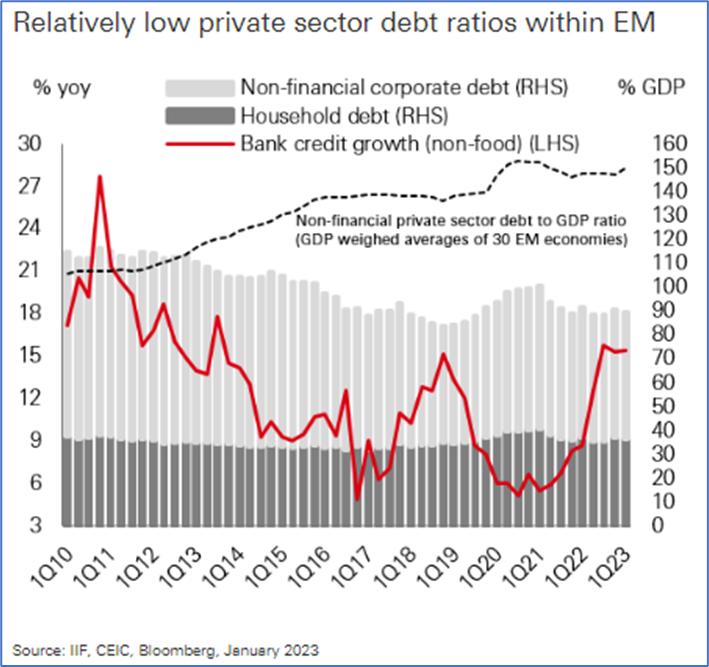CAGR Insights is a weekly newsletter full of insights from around the world of web.
| Index | 14-Jul-23 | 7-Jul-23 | Change |
| Nifty 50 | 19,590 | 19,332 | 1.34% |
| Nifty 500 | 16,781 | 16,565 | 1.30% |
| Nifty Midcap 50 | 10,352 | 10,170 | 1.79% |
| Nifty Smallcap 100 | 11,325 | 11,119 | 1.86% |
Chart Ki Baat

Gyaan Ki Baat
Risk Profiling is assessing risk tolerance for investment success. It helps investors to take informed decisions by evaluating the willingness and ability to take risk and then matching it with investments that suit their risk profile.
It involves evaluating various factors such as financial goals, investment time horizon, investment knowledge, and risk tolerance. Risk tolerance is an investor’s emotional and psychological ability to handle fluctuations in the market. Understanding an investor’s financial goals is crucial as short-term/long-term objectives require different levels of risk exposure.
The time horizon is another key factor, a longer investment horizon allows for a greater tolerance for risk as there is more time to recover while shorter time horizons require a conservative approach to protect capital.
Here’s the list of curated readings for you this week:
Personal Finance
- “I have a high surplus every month which I want to invest. I can’t think of any specific financial goals but I do want to grow my money” – For some individuals, the only objective of investing is to beat inflation and create wealth. Read here
- Why investors should ask what is not going to change in the next 10 years – Predicting the future can be a fun thought experiment, but it’s often not knowable. In the world of investing, you are often better off inverting the problem. Thinking about what’s going to stay the same in the next 10 years may seem boring, but can lead to better investment opportunities. Read here.
- The biggest hedge fund in the world says ChatGPT was able to pass its investment associate test – and it’s like ‘having millions of them at once’Read here.
- NRI Knowledge Series – What are the different types of NRI accounts? – One of the frequently asked queries by NRI clients and friends. Watch here.
- PVR cuts snack prices after viral tweet triggers backlash, offers ‘bottomless popcorn’ – A viral tweet on the high price of snacks at PVR Noida resonated with a large section of movie-goers who slammed multiplexes for the pricing. Read here.
- Brand IPL , Dhoni and the paradigm shift in viewership – As per the recently published Houlihan Lokey report the league’s brand value reaching US$3 billion and its business enterprise value topping US$15 billion. Read here
- Size of capital managed does matter – If there is a high probability of underperforming against index funds, the fundamental purpose of an active fund, i.e creating alpha, is undermined. The size at which an actively managed fund is forced to invest in index stocks is probably a size that is TOO big. Read here
- Sustainable and Productive changes in India – Unifi Capital – – Over the last many years, and especially post-Covid, India’s growth drivers have notably changed. While several factors have driven this transformation, we examine two vital areas of change: (A) India’s systemic need for low leverage [low debt/GDP] and (B) Gradual improvements in productivity. Read here.
- Prefer the investment side of the economy as compared to the consumption side – Breakout Capital – Kelkar is currently more exposed to the investment side of the economy rather than the consumption side. Frontline sectors such as cement, engineering, construction, financials and real estate are some of his key preferences. Watch here.
Economy
- Did the government just kill online gaming? – This time, the tax won’t be just on the Gross Gaming Revenue (GGR) or the commissions that Dream11 earns. The GST will be charged on the Contest Entry Amount (CEA). Or simply put, on the entire sum of money the customers deposit to play on the platform!!! Read here.
- India’s June inflation came in at the higher end of expectations – Strong inflation prints are aligned with the RBI policy committee’s cautious stance on inflation. Read here.
- As Foxconn-Vedanta deal snaps, a look at semiconductors & ‘design giant’ India’s 40-yr chip struggle – Taiwanese tech giant Foxconn has withdrawn from its $19.5 billion semiconductor joint venture with India’s Vedanta. While the Modi govt has said this won’t hurt India’s goals with respect to the cutting-edge chips, Foxconn has also reiterated its commitment to working with the country in the field. Watch here.
****
Check out CAGRwealth smallcase portfolios here.
****
That’s it from our side. Have a great weekend ahead!
If you have any feedback that you would like to share, simply reply to this email.
The content of this newsletter is not an offer to sell or the solicitation of an offer to buy any security in any jurisdiction. The content is distributed for informational purposes only and should not be construed as investment advice or a recommendation to sell or buy any security or other investment or undertake any investment strategy. There are no warranties, expressed or implied, as to the accuracy, completeness, or results obtained from any information outlined in this newsletter unless mentioned explicitly. The writer may have positions in and may, from time to time, make purchases or sales of the securities or other investments discussed or evaluated in this newsletter.



